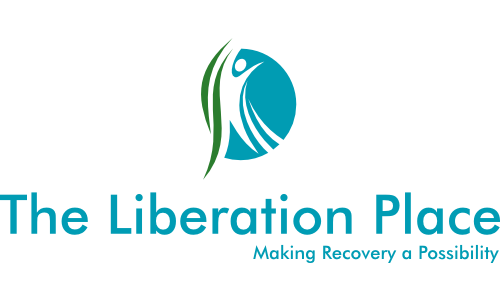The Angry Child
When the Angry Child Mode is activated in our system, we feel frustrated, upset, and even enraged. We can become demanding, controlling, abusive, or devaluing of the people around us. This mode often presents as an adult version of a temper tantrum, slamming doors, calling people names, throwing things, sometimes even striking out in frustration at inanimate objects like walls and doors. This mode is normally activated because our thoughts and feelings revolve around not being heard, understood, or accepted in some way. In an adult, someone who blends with the Angry Child Mode is usually labeled by others as a person who goes from zero to 100 in no time at all, usually in a display that’s filled with disproportionate levels of intensity.
When observed from the outside, people will recognize this behaviour as a childlike expression of anger, and often disconnect, walk away, or set boundaries that, as a result of the active schema in the system, can increase the emotional reaction, as this confirms the reason this behaviour was activated in the first place. When blended with the Angry Child Mode, thoughts will be similar to that of a teenager or child who’s constantly blaming everyone for the situation they are in, lacking the ability to be accountable for our own actions, often expressing our anger from a child’s perspective.
“When I sobered up, it quickly became apparent that my new coping mechanism was anger.”
~Steven Morris RP
As we’ve previously discussed, our Vulnerable Child is at the core of our personality, this integral part of our system is holding on to the emotions that are connected to our unmet childhood needs and their associated stories. Predominantly, our Vulnerable Child holds on to all the guilt, shame, sadness, and loneliness, that exists within our system, and when there is even the slightest possibility of experiencing these emotions, our system goes into a fear-based state. As a result, our parts will do whatever it takes to avoid the activation of the sensations connected with these feelings.
For many years, I used substances to escape from these feelings. My addictive lifestyle was built around avoiding the loneliness that existed within my Vulnerable Child. In fact, this was the internal void I was constantly trying to fill with external things. I lived in a fear-based personality system that was constantly on the lookout for the slightest hint of emotional activation. I didn’t have to experience the presence of the emotion itself, just the hint of it being a possibility caused my system to go on high alert and my parts to leap into action. The first line of defence for me, and for many of the people I support, is the Angry Child. For me, this Mode of behaviour presented in the textbook definition as the adult version of a temper tantrum. This part lashed out at others in an attempt to get them to listen. However, instead, its behaviour actually pushed them away.
In actuality, the Angry Child within my system is only interested in protecting my vulnerability, it is the part of my personality that acts like an older sibling, protecting the child that’s vulnerable to the impending emotional experience in the only way it knows how. In essence, it stands in front of my Vulnerable Child in defiance against the perceived threat in the environment and will not back down until a sense of safety is felt in the system.
“Acceptance of our Angry Child means understanding and appreciating why it holds the anger, so we can decide what we want to do about the way that it’s expressing it.”
~Steven Morris RP.
The first thing I had to accept when working with this part of my personality is that it is not a part that is bad or wrong in any way. Like all my other parts, it is not something that I have to get rid of, in fact it’s quite the opposite. This is an important part of my system that kicks into action when I detect a threat in my environment, and validating its existence is key to working with this mode of behaviour. Dismissing or repudiating it only causes it to escalate in its actions.
Learning how to listen to this part without judgment is the only way I have found that supports my unmet needs, and mindfulness is the way to access this state of mind. Learning how to observe and describe this important part of my system, then defuse from the behaviour with validation and compassion, helped me to regulate the emotion and create the space needed to live the life I wanted to live.
In the PDF below, you will find a documented version of this page along with a worksheet that’s designed to help you figure out what the Angry Child looks like when it's activated within your personality system. Take some time to download it, print it out, and work through the questions and exercises contained in it slowly. If you can, allow yourself to sit with the experience of the Angry Child. Keep in mind, this will be an extremely difficult thing to do as the emotional experience of this part are coping mechanisms for the uncomfortable and unwanted emotional experiences we avoid the most.
Download the PDF worksheet of this page
Follow us on Social Media





